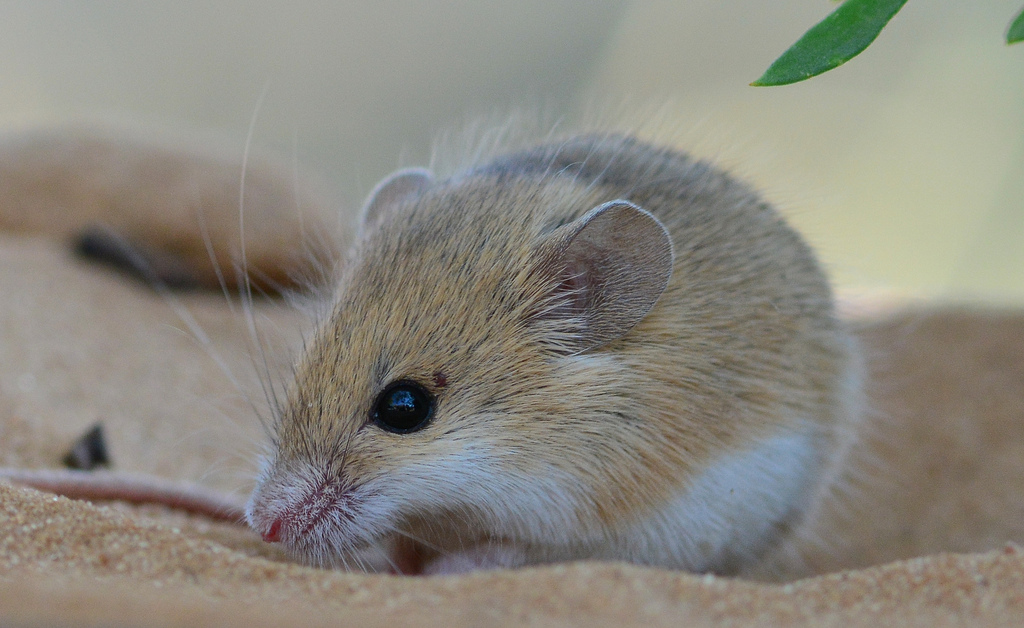New Scientist
Image: Ian N. White
Never write off a rank outsider. A female mammal that carries a “male” chromosome should struggle to reproduce, but not if that animal is an African pygmy mouse. For females of this species, a male chromosome spells reproductive supremacy.
Even by mouse standards, the African pygmy mouse is tiny. It weighs just 5 grams, and is little more than 11 centimetres long, making it one of the smallest mammals. It can reportedly quench its thirst just by licking the morning dew off pebbles that it stacks in front of its burrow. It is a popular pet, although its body is so fragile that owners should not pick it up.
The mouse’s most remarkable feature is hidden within its cells. In the 1960s, geneticists found three sex chromosomes floating in its gene pool, rather than the two most mammals carry. As well as the normal X and Y sex chromosomes, there is a modified X called X* (Experientia, doi.org/bvsx8x).
In 2010, Frédéric Veyrunes of the Institute of Evolutionary Sciences at the University of Montpellier in France and his colleagues realised the X* chromosome was special. It has mysterious “super-feminising” properties that block the masculinising effect of the Y chromosome (Proceedings of the Royal Society B, doi.org/c8s258). This means there are three kinds of female African pygmy mouse. Some are the standard XX, some an unusual XX* and around 75 per cent are X*Y. Males are all XY. Read more on newscientist.com…








